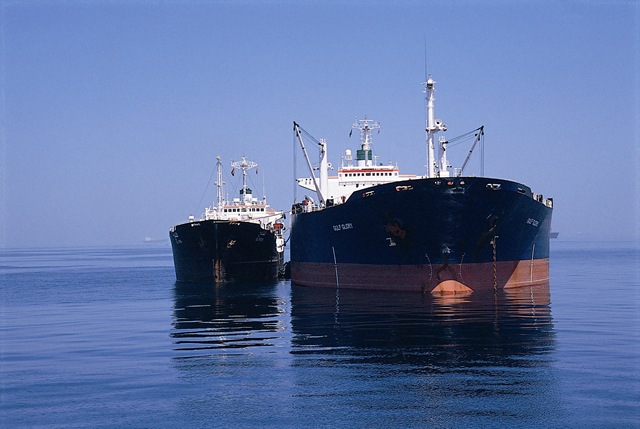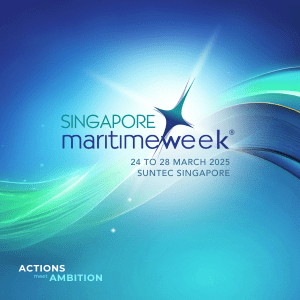[vc_row][vc_column][vc_column_text]Some ships in northern Europe have been using liquefied natural gas (LNG) as their fuel source for over a decade, with an extremely good safety record. But as the use of LNG-fuelled vessels spreads to other parts of the world and many more parties become involved, there is a clear need to standardise LNG bunkering operations at the international level. A new ISO standard will ensure LNG-fuelled vessels can bunker in a safe and sustainable way.
Liquefied natural gas (LNG) bunkering is a particular type of operation where LNG fuel is transferred from a given distribution source to an LNG-fuelled ship. It involves the participation of different stakeholders, from the ship-side, LNG supplier, ports, safety personnel and administrations.
As demand for LNG-fuelled vessels has increased, so has the demand for practical, cost-effective and efficient LNG bunkering, so there was an urgent need for an international standard to ensure LNG bunkering operations could be conducted safely. The new ISO 20519, ships and marine technology—specification for bunkering of liquefied natural gas fuelled vessels, will help operators select vessel fuel providers that meet defined safety and fuel quality standards.
In recent years, the ships and vessels fuelled with LNG have become larger, transit greater distances and may bunker in a greater number of ports in different countries. As a result, the number of parties involved in LNG bunkering is growing rapidly. Standardising safety practices had become necessary to ensure that, no matter where the bunkering took place, there would be a common set of requirements that were understood across the board—from LNG provider to ship personnel.
ISO 20519 contains requirements that are not covered by the IGC Code, the prevailing international code for the safe carriage by sea of liquefied gases in bulk. It includes the following items:
Hardware: liquid and vapour transfer systems
Operational procedures
Requirement for the LNG provider to provide an LNG bunker delivery note
Training and qualifications of personnel involved
Requirements for LNG facilities to meet applicable ISO standards and local codes
The use of LNG as a vessel fuel is relatively new, so the standard will need to be brought up to date periodically to incorporate lessons learned over time and technological changes. To facilitate this, a group has been created to track LNG bunkering incidents and help identify when the standard should be updated.
ISO 20519:2017 was produced at the request of the International Maritime Organization (IMO), the European Commission and the Baltic and International Maritime Council (BIMCO), the world’s largest international shipping association.
ISO 20519:2017 was developed by ISO/TC 8 whose secretariat is held by SAC, the ISO member for China, twinned with DIN, the ISO member for Germany. It can be purchased from the national ISO member or through the ISO store.[/vc_column_text][/vc_column][/vc_row]








